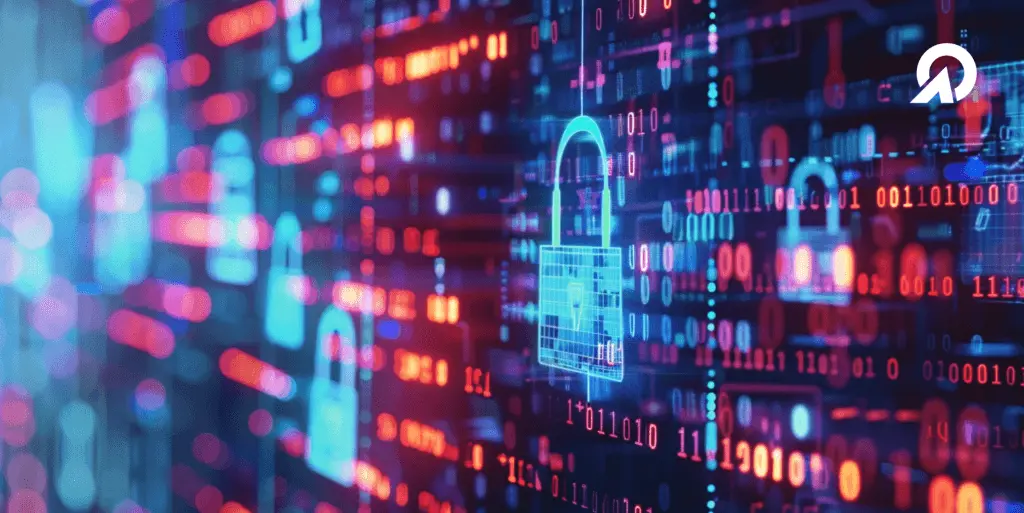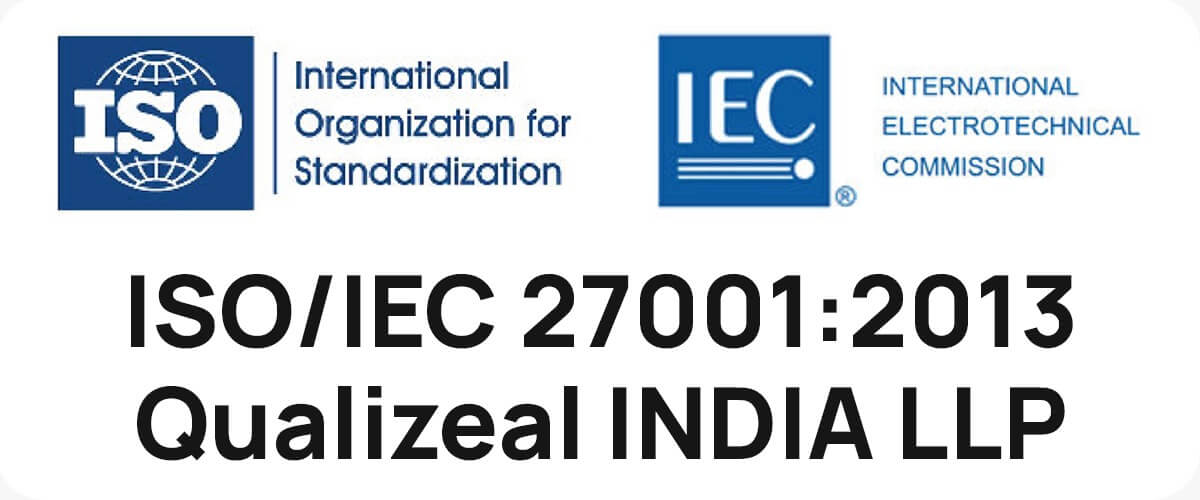In the BFSI business, where data breaches may cost an average of $5.86 million per event (IBM, 2023), strong security measures are essential. With cyberattacks up 125% in the previous year (World Economic Forum, 2022), vulnerability assessments and penetration testing have become essential techniques for protecting digital assets. These proactive tactics aid in detecting and mitigating security problems before they can be exploited, protecting the integrity and confidentiality of sensitive financial data. According to Gartner, firms that use rigorous security testing may lower their risk of data breaches by up to 70%. In this high-risk climate, safeguarding the digital vault is not just a requirement, but also a strategic imperative for BFSI companies seeking to preserve consumer confidence and regulatory compliance.

Understanding The Stakes
Because of the large volumes of sensitive financial data handled by the BFSI industry, it is a prominent target for cybercriminals. A successful hack can cause enormous financial losses, reputational harm, and regulatory fines. According to Accenture research, 63% of banking executives claim that data breaches are their top worry. This emphasizes the need to conduct comprehensive and continual security assessments to discover and mitigate risks.
The Role of Vulnerability Assessments
Vulnerability assessments are systematic audits of an organization’s systems to detect potential flaws that attackers may exploit. These evaluations entail analyzing networks, apps, and databases for security flaws. Here’s why they’re important for BFSI:
- Proactive Risk Identification: Vulnerability assessments assist in detecting possible security issues before they are exploited. Understanding the vulnerabilities in your systems allows you to take proactive efforts to address them.
- Regulatory Compliance: The BFSI sector is highly regulated, with standards like PCI DSS and GDPR requiring frequent security reviews. Vulnerability assessments guarantee that firms comply with these rules and avoid costly fines and penalties.
- Continuous Improvement: Regular assessments enable continuous monitoring and improvement of security measures. As new vulnerabilities emerge, assessments help in promptly addressing them, ensuring that security protocols evolve in line with the threat landscape.

Penetration Testing: A Deeper Dive
While vulnerability assessments uncover possible weaknesses, penetration testing (pen testing) goes a step farther by simulating real-world assaults to exploit those flaws. This hands-on approach gives a thorough knowledge of how an attacker may penetrate your defenses and what the consequences would be.
- Realistic Threat Simulation: Penetration testing mimics genuine attack scenarios, offering a realistic picture of your security posture. This lets you determine how successful your defenses are against advanced attackers.
- Identifying Hidden flaws: Pen testers employ advanced approaches to detect hidden flaws that automated tools may overlook. This rigorous investigation guarantees that even the most obscure flaws are found and corrected.
- Enhanced Incident Response: Organizations may test and enhance their incident response techniques by subjecting them to simulated attacks. This assures that in the case of a genuine assault, the organization is well-prepared to respond quickly and efficiently.

Integrating Vulnerability Assessment and Penetration Testing
Vulnerability assessments and penetration testing should be included in a complete security plan to provide optimal security. Here’s how they compliment one another:
- Holistic Security View: Vulnerability assessments provide a broad overview of potential flaws, whereas penetration testing provides a detailed examination of the most serious vulnerabilities. Together, they give a comprehensive perspective of your security position.
- Prioritizing Remediation Efforts: Vulnerability assessments often produce long lists of possible concerns. Penetration testing helps to prioritize these by concentrating on the most dangerous vulnerabilities. This ensures that cleanup efforts are directed towards the most crucial regions.
- Continuous Improvement Cycle: Regularly alternating between vulnerability assessments and penetration testing creates a continuous improvement cycle. Vulnerability assessments identify new weaknesses, while penetration testing validates the effectiveness of remediation efforts and identifies any remaining gaps.

Best practices for effective security testing
To optimize the efficacy of vulnerability assessments and penetration testing, consider the following recommended practices:
- Regular Testing: To keep up with developing threats, conduct vulnerability assessments and penetration testing on a regular basis. This guarantees that your security measures are consistently up to date.
- Hire qualified security specialists with expertise in the BFSI business: Their competence provides comprehensive and accurate testing, as well as intelligent suggestions for development.
- Comprehensive Scope: Ensure that evaluations and testing include all key systems, such as networks, applications, databases, and third-party services. A thorough scope guarantees that no detail of your security is ignored.
- Actionable Reports: Demand detailed and actionable reports from your security testing teams. These reports should provide clear insights into identified vulnerabilities, their potential impact, and recommended remediation steps.
- Executive Support: Secure support from executive leadership for security initiatives. This ensures adequate resources and prioritization of security efforts, fostering a culture of security throughout the organization.

Partner with QualiZeal for Unmatched Security Testing Services
In the BFSI industry, where the stakes are incredibly high, securing the digital vault through effective vulnerability assessments and penetration testing is paramount. These practices not only help in identifying and mitigating security risks but also ensure compliance with regulatory standards and build trust with customers. By integrating these critical security measures into a comprehensive strategy and following best practices, BFSI organizations can fortify their defenses against the ever-evolving threat landscape, ensuring the safety and integrity of their digital assets.
Stay vigilant, stay secure! For more insights on securing your digital assets, follow our blog and contact us at qzinfo@qualizeal.com. Let’s safeguard the future of finance together.












